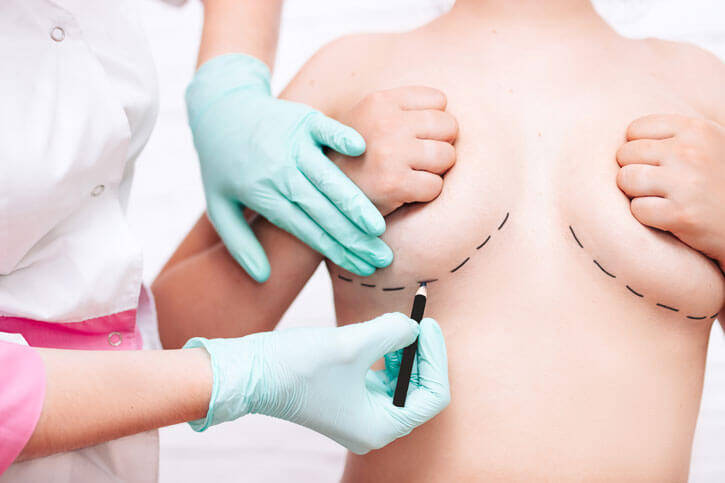HNA Local I 17.01.2012
Many women who have had breast implants inserted after cancer surgery or for aesthetic reasons are uncertain and fearful. In Hesse alone, about 70 cases have been reported so far in the past week in which women received silicone cushions that may be dangerous to their health.
In Kassel, our research with all the surgeons in question revealed that no suspicious breast implants from the manufacturers PIP and Rofil were apparently used.
Every day, however, Prof. Dr. Ernst-Magnus Noah, head physician of the Noah Clinic - Clinic for Plastic, Aesthetic and Reconstructive Surgery - receives enquiries from concerned patients. After the disturbing press reports in the past few days, he can understand the excitement. For example, since 6 January, the Federal Institute for Drugs and Medical Devices has been recommending the precautionary removal of all breast implants made by the companies PIP (Poly Implant Prothese) from France and Rofil from the Netherlands.
The plastic surgeon advises concerned women in such cases to first check the implant passport for batch and production info. "Normally, every patient who has received an implant should have an implant card with her medical records," says Noah. However, it also happens that patients have not received an implant card. If in doubt, contact the surgeon or the hospital and ask for the operation report or a written explanation.
This, too, Noah knows, could be difficult for some patients, because it is not uncommon for women to travel abroad, for example to the Czech Republic, to have their breasts enlarged.
Women who wear a PIP or Rofil implant or do not know the manufacturer of their implant should contact a breast centre, a plastic surgeon or their gynaecologist first, recommends Noah, who is active on the board of the Association of German Aesthetic Surgeons, among others. "All the specialist societies involved are pulling in the same direction on this issue," explains the physician.
Women with suspicious implants are advised to have a thorough examination first. With the help of a mammography and ultrasound, perhaps also a magnetic resonance imaging (MRI), one can assess whether an implant may already have cracks. If this is the case, it should be removed as soon as possible, otherwise potentially dangerous implants should be removed as soon as possible.
By Martina Heise-Thonicke
Source: HNA Local I 17.01.2012



